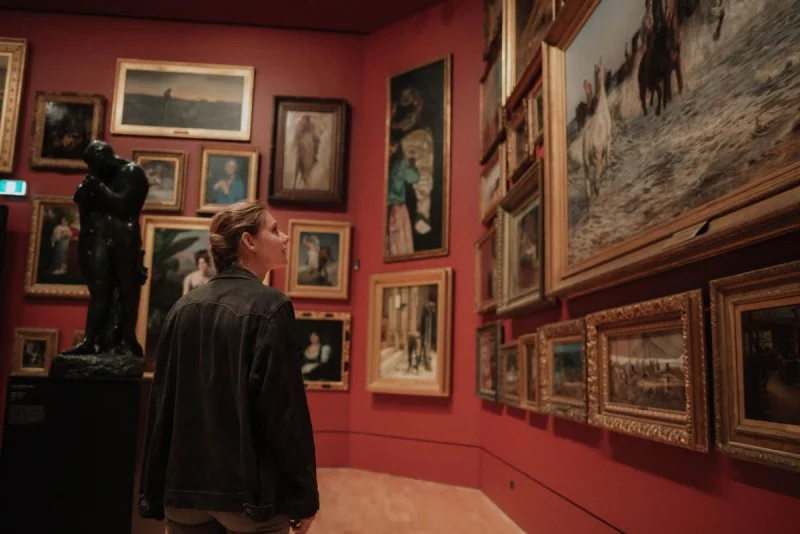Most people have a feeble perception of art; the mere thought of someone splashing colossal amounts on it baffles them. Individuals in the upper echelon of society love amassing art by various painters, such as Picasso, Da Vinci, and Monet. In the art world, there is a thin line between arrogance and luxury, mirrored by the price of art pieces.
Most renowned arts appear meek and easy to draw, but they are some of the most highly-priced in the cultural milieu and could range anywhere from a million to a billion dollars. Journey with us on this insightful piece as we discuss some of the most lavish plain art pieces of value among art collectors.
A List Of Valuable Arts That Cost A Fortune
Most art collectors invest in exquisite pieces for status and the fun of it. Stakeholders aside, exhibition and gallery owners also purchase these expensive pieces. Moreover, given that most creators of these arts died ages ago, there is a demand for their works.
1. Salvator Mundi (1500)
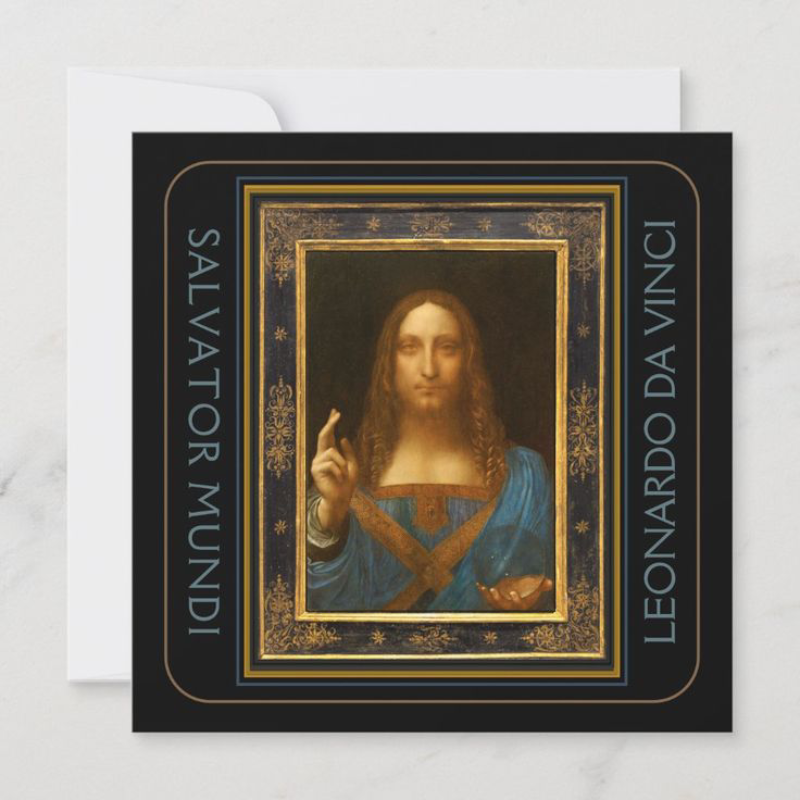
Salvator Mundi is a simple piece of art capped at $400 million. Leonardo created this piece on a walnut pane, depicting Jesus Christ (the savior of the Christian religion) in a blue garment with a crystal ball and a cross on each hand. Although Salvator’s price has fluctuated over the years, it became the most luxurious artwork globally after Dmitry Rybolovlev auctioned it in New York at $450.5 million to Saudi’s Crown Prince. The purchase was on behalf of Saudi’s Culture and Tourism office.
The painting went missing after Leonardo sculpted it, from 1763 to 1900, and any efforts to locate it were futile. In 2005, a group of British art enthusiasts discovered it and purchased it for $10,000 to study it further. After much research, the British experts discovered that the piece was unique, and the author, Da Vinci, used exceptional techniques creating it. In 2011, the London National Gallery exhibited it and dubbed it “The Lost Leonardo” as it was the first of his works to be exposed.
2. Interchange (1955)
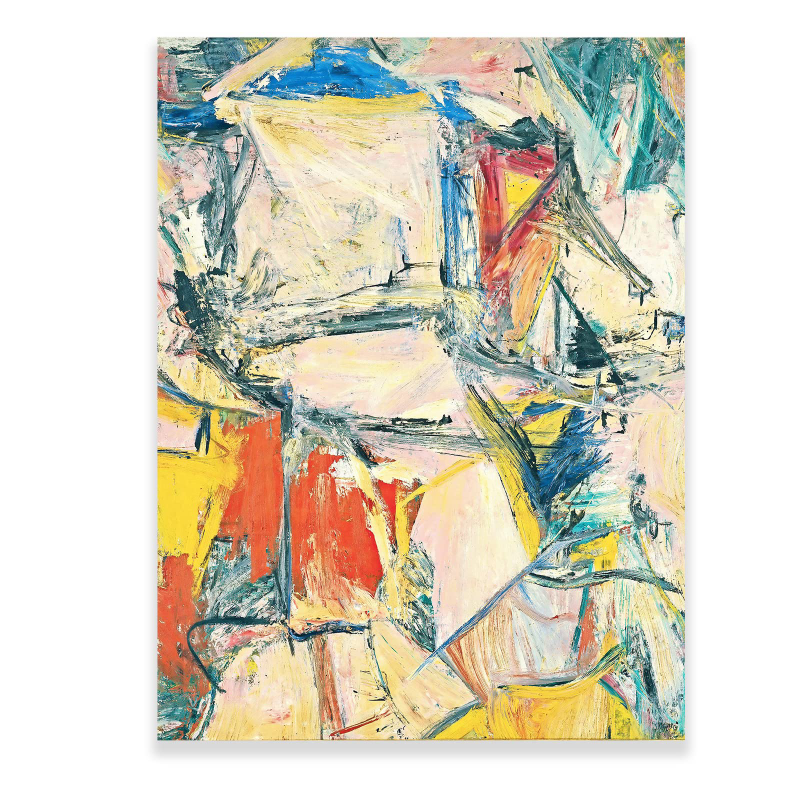
Interchange by Willem de Kooning is among one the exceptional plain art pieces globally. In this piece, the Dutch-American artist used abstract expressionism to replicate the urbaneness of New York City. Art experts state that Interchange initiated contemporary art in the United States. Willem named his pieces based on his surroundings.
Kooning depicted women using fierce brush strokes, which appeared as a mass of art. In Interchange, urban landscapes had soft brush strokes, with the pivotal feature being pink – indicating a lounging woman. In 2015, this unique piece was sold by the David Geffen Foundation to the owner of a Hedge Fund, Billionaire Kenneth C Griffin for $300 million.
3. The Card Players (1892)
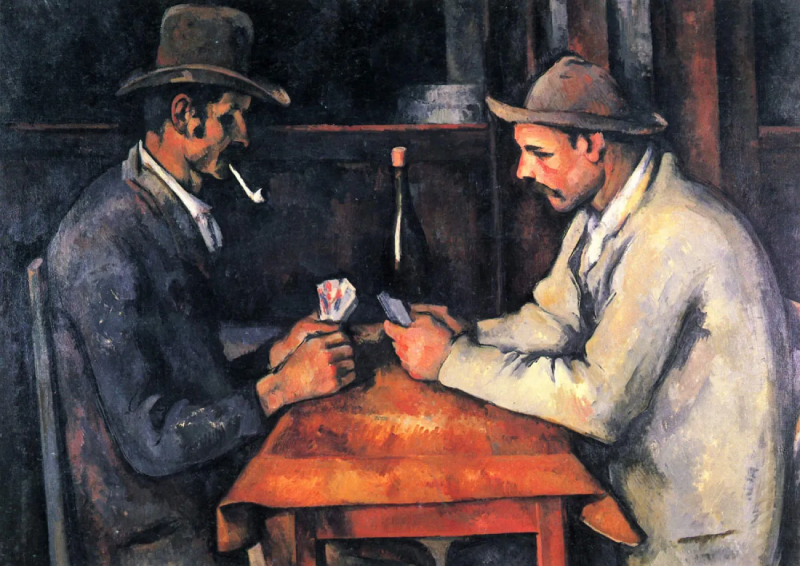
Painted by PaulCezannein 1892, The Card Players was sold for $250 million in 2011, highlighting two men sitting across each other playing cards. After its unprecedented sale, Paul crafted four more plain art pieces using the same theme, dubbed The Card Players Series, that featured different sitting positions and sizes. The series capitalizes on the emotions and psychology of post-impressionist art style.
George Embiricos, a Greek transport mogul, retailed The Card Players to the Qatar Royal Family in a private art display. Hearsays says it cost the family a fortune, making it among the most highly-priced paintings globally.
4 – Nafea Faa Ipoipo? (1892)
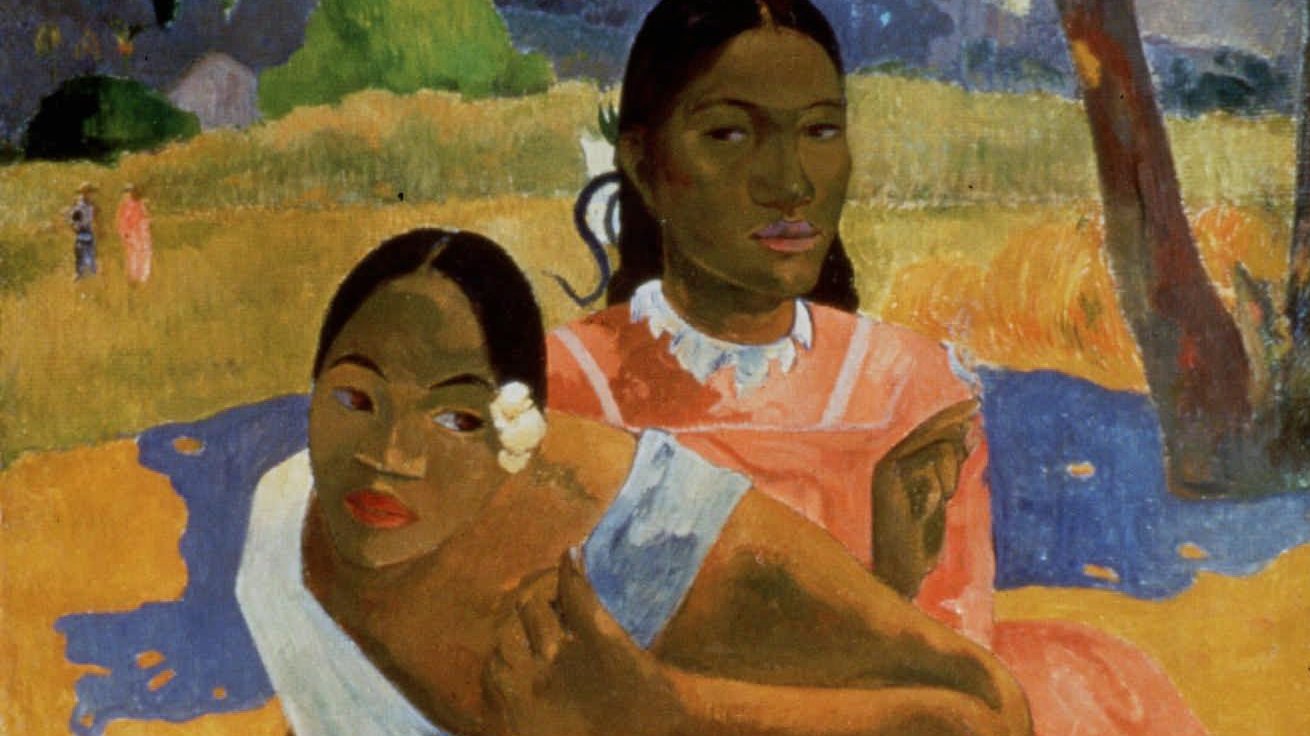
Nafea Faa Ipoipo? by illustrious French artist Paul Gaugin is an artwork that portrays post-impressionism. Nafea Faa Ipoipo? is a picture of two women sitting in front of each other in a green and lush environment. Paul ensured their clothes shone vibrantly by using pink, red, and yellow colors.
Nafea Faa Ipoipo came to life when Gaugin visited Tahiti Island in 1891, which spurred his passion for aboriginal Tahitian women. In 2011, Nafea Faa Ipoipo? was sold for $300 million, which labeled it as the most expensive artwork. Nevertheless, the Rudolf Family sold it at $210- a loss. However, it is still one of the most highly-priced plain art pieces globally.
5. Number 17A (1948)
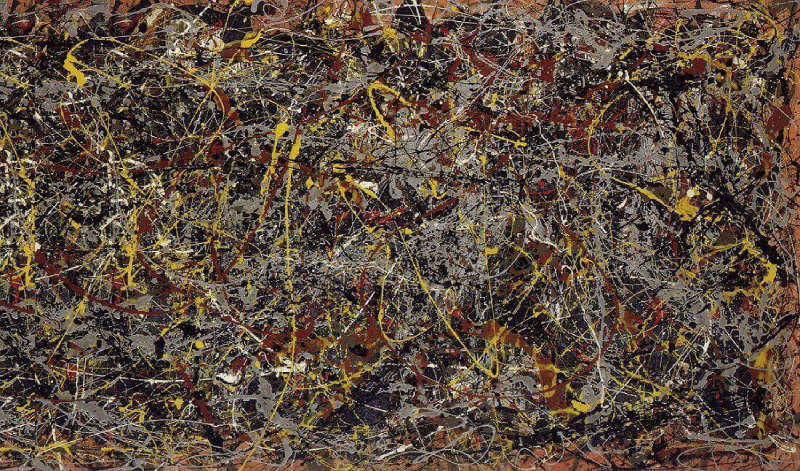
Number 17A by Jackson Pollock is an oil painting made using liquid artificial mastic paint on an opus board by drip painting. Looking at the painting, you notice its yellow parts that seem to drip down the board, which softens the image. Initially, such paintings were met with scrutiny because they were not popular among the masses, which did not give Jackson Pollock much profit from sale proceedings.
Additionally, the drip art method became popular just a year before, and Life Magazine featured it in their art space, a move that jump started his career. Most of Jackson Pollock’s art is still the priciest globally. Pollock’s works are still displayed on site in most of the New York museums.
6. The Standard Bearer (1636)
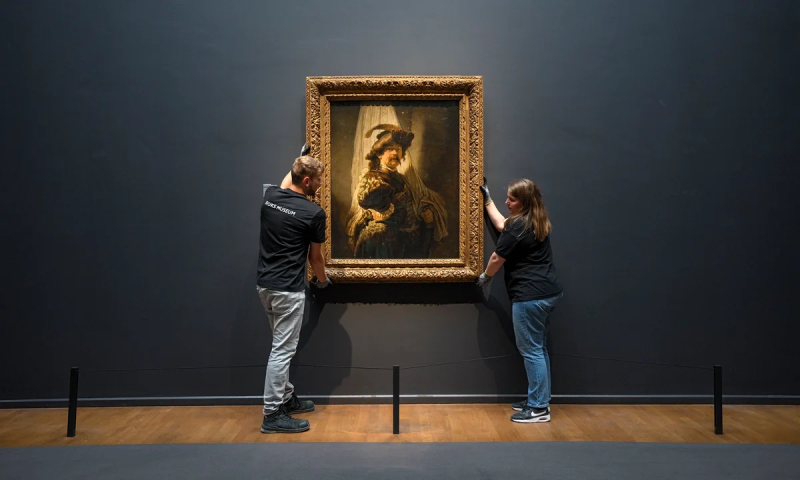
The Standard Bearer is among the exceptional plain art pieces praised by art enthusiasts internationally. In the painting, the bearer’s body slants to his left while he looks straight ahead, and he has one hand akimbo, and the other one on the flag, where the title was coined.
Art enthusiasts deem Rembrandt a steadfast figure in the pioneering Dutch baroque painting style. Almost all art enthusiasts believe that Rembrandt drew The Standard Bearer while on his way to Amsterdam from Leiden. In 2022, Elie de Rothschild pioneered the sale of the art piece to Rijksmuseum, as requested by the Dutch state in 2021.
7. The Shot Marilyns (1964)
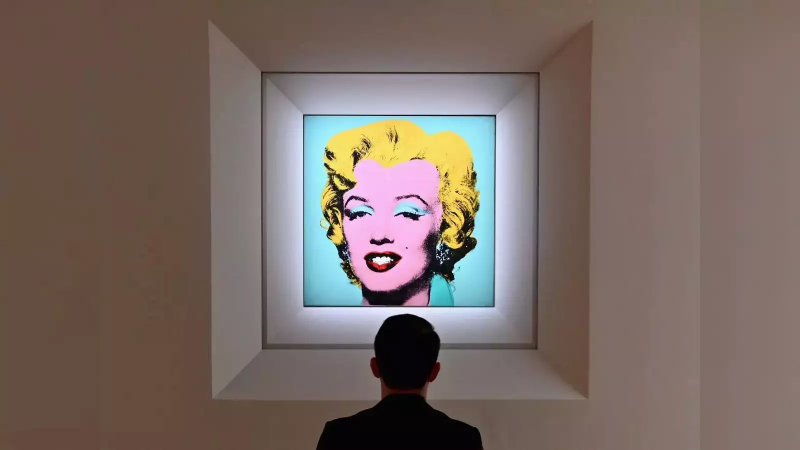
The Shot Marilyns is a series of headshot portraits painted by Andy Warhol, who drew Marylin’s face against colorful basic backdrops. Marylin Monroe was a significant model and actress in the 1950s and 1960s sexual revolution, and the piece broke the record for the priciest painting in the 20th century.
However, renowned performance illustrator Dorothy Podber shot the Marilyn portraits between the eyes, which coined a new name for the painting series. The Shot Marilyn, the only piece that did not get the shot was the one painted with a turquoise background.
Art enthusiasts read the emotion of the picture by the shadows and color in the prints. Warhol capitalized on the viewer’s ability to ascribe meaning to various shapes and colors from a single portrait. Paradoxically, this simple style increased the piece’s popularity and price, which led to The Shot Sage Blue Marilyn to be auctioned in New York in 2022.
8. No.6 (Violet, Green, and Red) (1951)
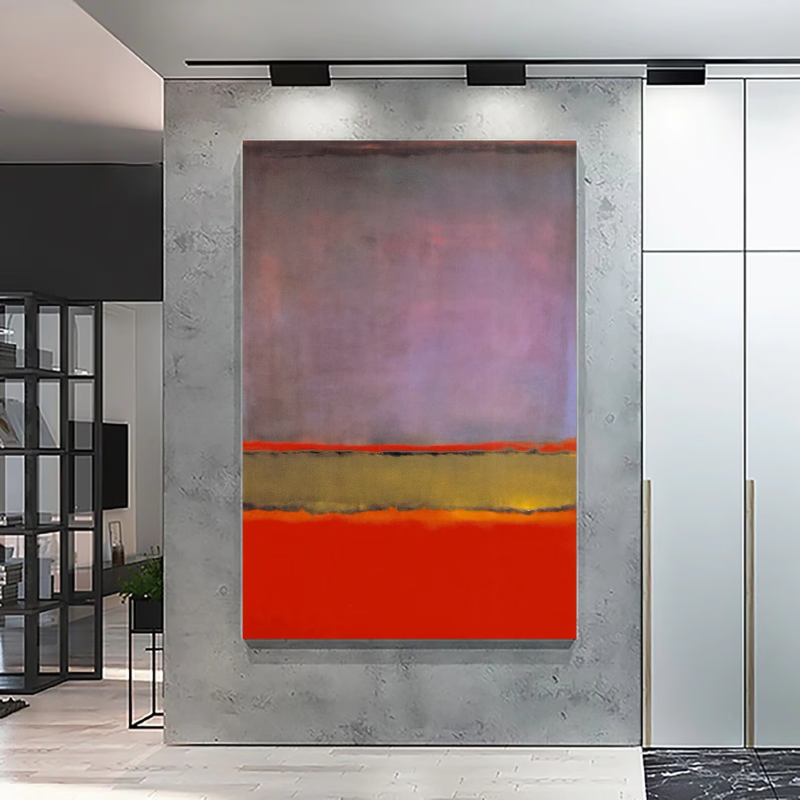
No.6 is a modern art by celebrated artist Mark Rothko that features rectangular strips of vibrant colors of violet, green, and red. Although it may seem like a simple painting, the way the colors interact on the board creates a stimulating visual effect. Despite its fame among art fanatics, No.6 is among a set of paintings surrounded by controversy, dubbed the “Bouvier Affair”
Dmitry Rybolovlev alleged that his art dealer, Yves Bouvier, acquired millions by overcharging for some of the art pieces. Yves pleaded his innocence in the allegations, and the case is still in court. Yves Bouvier sold this piece to Rybolovlev in 2014 for $186 million.
9. Wasserschlangen II (1904-1907)
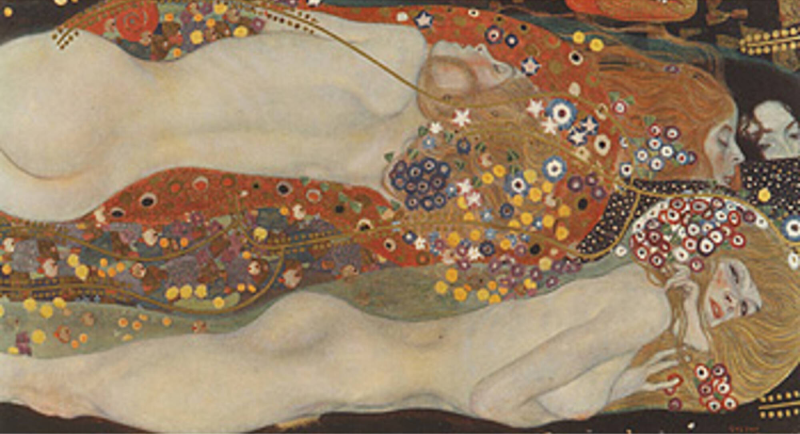
Wasserschlangen II is an imaginative portrait of quadruple water nymphs with subtle homoerotic innuendos, which is a sequel to the Water Serpents 1 series by Gustav Klimt. Gustav sensually depicted women in his paintings, but the Wasserschlangen II had better features and undertones to refine the image. In the piece, the women are interwoven creating a sense of intimacy.
The daughter of a Viennese magnate bought the piece, but the Nazis took it during World War II. Wasserschlangen II later appeared in an auction house, where the Steiner family claimed to be its sole owners, after which they sold it to art dealer Yves Bouvier, who mercilessly duped the Steiner family. The conning affair made Wasserschlangen II one of the most highly-priced plain art pieces universally.
10. Portraits of Maerten Soolmans and Oopjen Coppit (1634)
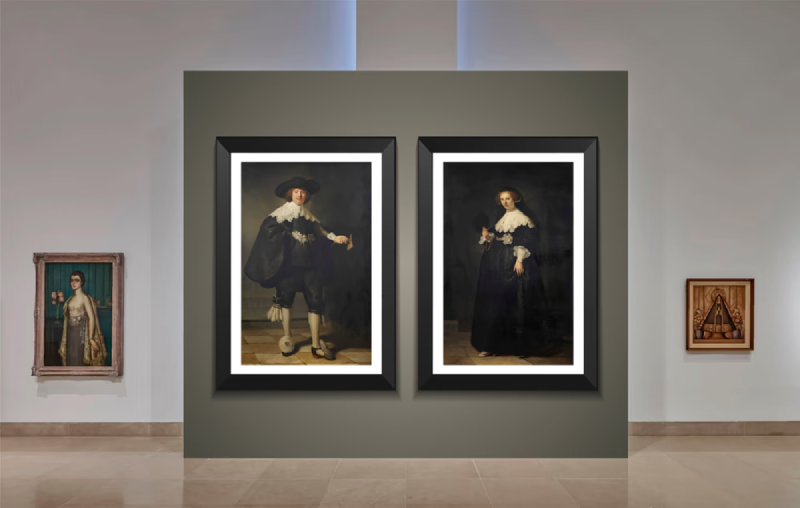
The Portraits of Maerten Soolmans and Oopjen Coppit are created by Rembrandt. In this piece, he highlighted the union between Maerten Soolmans and Oopjen Coppit. Many believe that these paintings should forever be sold as a pair and not individually.
Full-length portraits were foreign in Holland (South European courts), and by choosing this art design, the couple may have intended to flaunt their social status. You can easily see the attention to detail in Soolmans’ well-decorated shoes and Oopjen’s fan.
After the Rothschild family bought it, it sold it in 2015 in mass bewilderment because these paintings never met the public eye, not even in auctions. The Louvre and Rijksmuseum amplified their interest in the unique art pieces and granted 50-50 rights to exhibit them.
Conclusion
Everyone has their own perception of art. Most people do not understand how an art collector could purchase an art piece for billions of dollars. Most artists who pioneered the art industry are already deceased, which makes their pieces pricier since their collection pool does not increase, and the plain art pieces above depict just that. Eminently, art collectors have a high affinity for intricate pieces that may seem meek to some, but there is so much more than what meets the eye.
